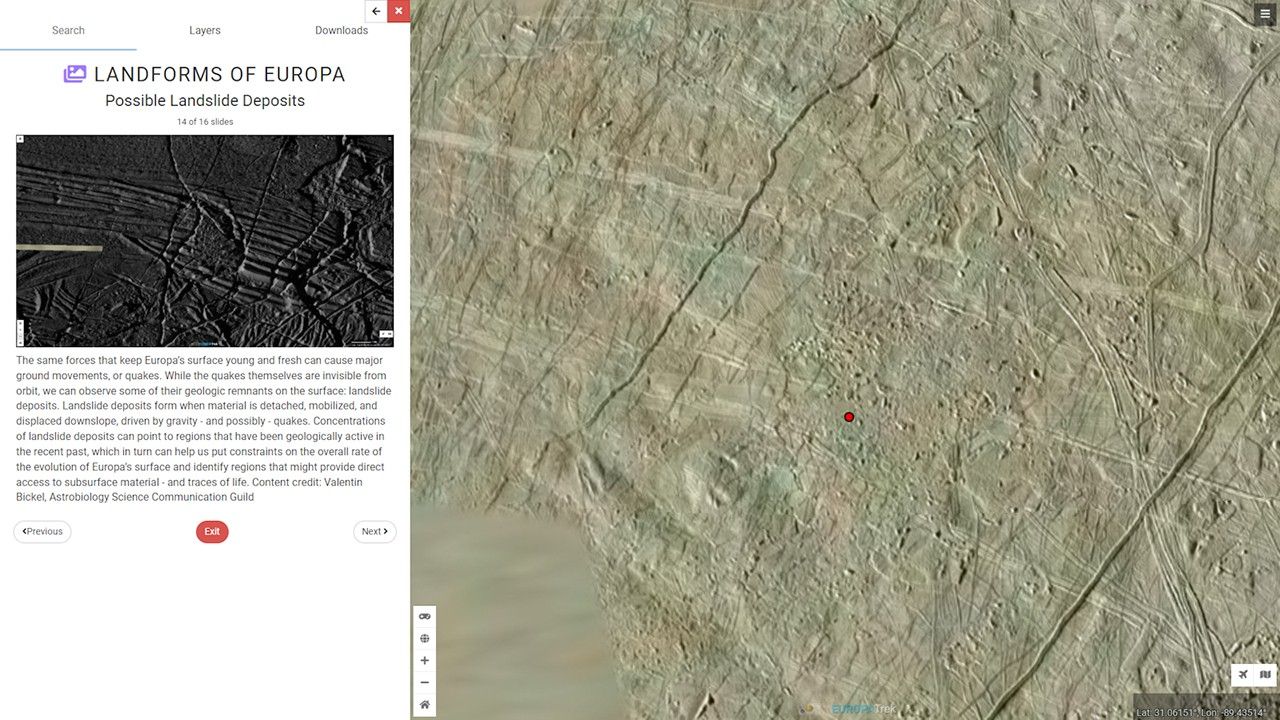Learn Home Europa Trek: NASA Offers a New… Europa Clipper Overview Learning Resources Science Activation Teams SME Map Opportunities More Science Activation Stories Citizen Science 3 min read
Europa Trek: NASA Offers a New Guided Tour of Jupiter’s Ocean Moon NASA’s Europa Clipper mission is on its way to explore a moon of Jupiter that researchers believe may be one of the best places in the Solar System to search for life beyond Earth. While the spacecraft makes its more-than-five year journey to Europa, scientists, students, teachers, and the public can tour and explore the landforms of Europa with newly-released enhancements to NASA’s Europa Trek web portal.
One of the largest of Jupiter’s nearly 100 recognized moons, Europa is covered with a global ice cap. But beneath that crust of ice, researchers have found an ocean of liquid water, estimated to have about twice the volume of all of Earth’s oceans combined. This vast amount of liquid water is of particular interest to astrobiologists, scientists studying the origin, evolution, and distribution of life in the Universe. Though Europa’s ocean remains hidden beneath its global crust of ice, we can get important clues about its nature by studying the remarkable landforms of Europa’s icy surface.
To accompany the launch of Europa Clipper, NASA’s Solar System Treks Project released exciting new enhancements to its online Europa Trek portal on September 30, 2024. The new additions to Europa Trek allow users to interactively fly over and explore high-resolution imagery of Europa’s surface from the Voyager, Galileo, and Juno missions. Users can also take a new guided tour of Europa’s amazing landforms, with commentary developed by a collaboration between NASA’s Astrobiology Science Communication Guild and NASA’s Solar System Exploration Research Virtual Institute. The tour and its commentary introduce virtual explorers to the geology and possible biological significance of the diverse features of Europa’s surface.
“This is really fun. It’s cool how you can zoom into the high resolution data. I’ll spread the word about using this!” – Bob Pappalardo, Europa Clipper Project Scientist
The new tour and capabilities of Europa Trek were featured at the Europa Clipper public launch program at the Kennedy Space Center Visitor Center on October 6,2024, in advance of the October 14 launch of the mission. As part of the public program conducted by NASA’s Planetary Mission Program Office, the Europa Trek exhibit allowed hundreds of visitors to try their hands at flying over Europa and visualizing its exotic terrain.
NASA’s Solar System Treks is an infrastructure project within NASA’s Science Activation Team. Their online portals are used for mission planning, planetary science research, and Science, Technology, Engineering, & Mathematics (STEM) education. NASA’s Astrobiology Science Communication Guild is an international, community-based network of astrobiologists who engage in science communication with diverse audiences and learners. Watch for future collaborations between Solar System Treks and the Astrobiology Science Communication Guild at more locations across the Solar System!
Learn more about how Science Activation connects NASA science experts, real content, and experiences with community leaders to do science in ways that activate minds and promote deeper understanding of our world and beyond: https://science.nasa.gov/learn
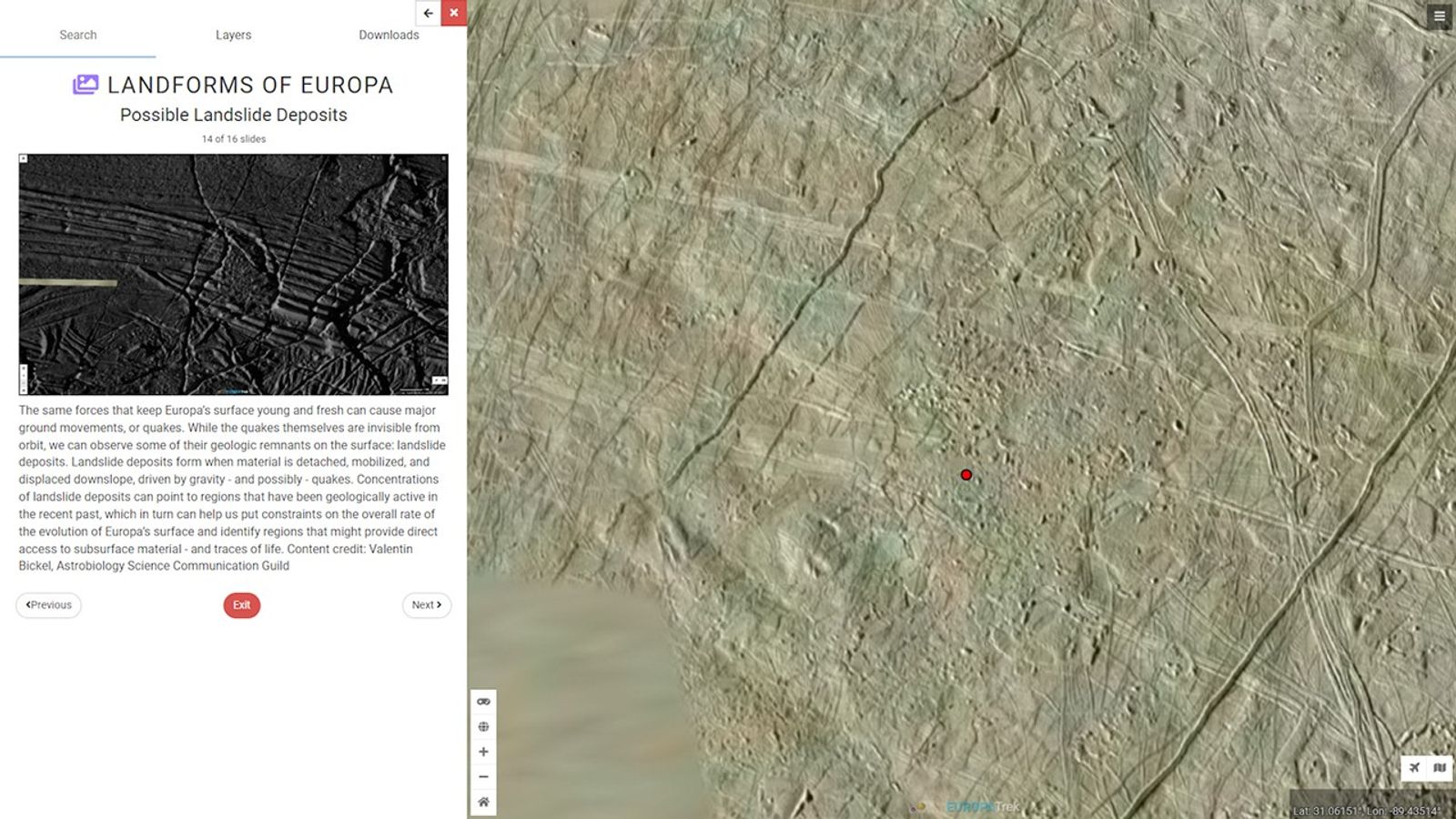
Details Last Updated Oct 23, 2024 Editor NASA Science Editorial Team Related Terms Europa Europa Clipper Opportunities For Educators to Get Involved Opportunities For Students to Get Involved Planetary Science Science Activation
Keep Exploring Discover More Topics From NASA James Webb Space Telescope
Webb is the premier observatory of the next decade, serving thousands of astronomers worldwide. It studies every phase in the…

This rover and its aerial sidekick were assigned to study the geology of Mars and seek signs of ancient microbial…

On a mission to “touch the Sun,” NASA’s Parker Solar Probe became the first spacecraft to fly through the corona…

NASA’s Juno spacecraft entered orbit around Jupiter in 2016, the first explorer to peer below the planet’s dense clouds to…


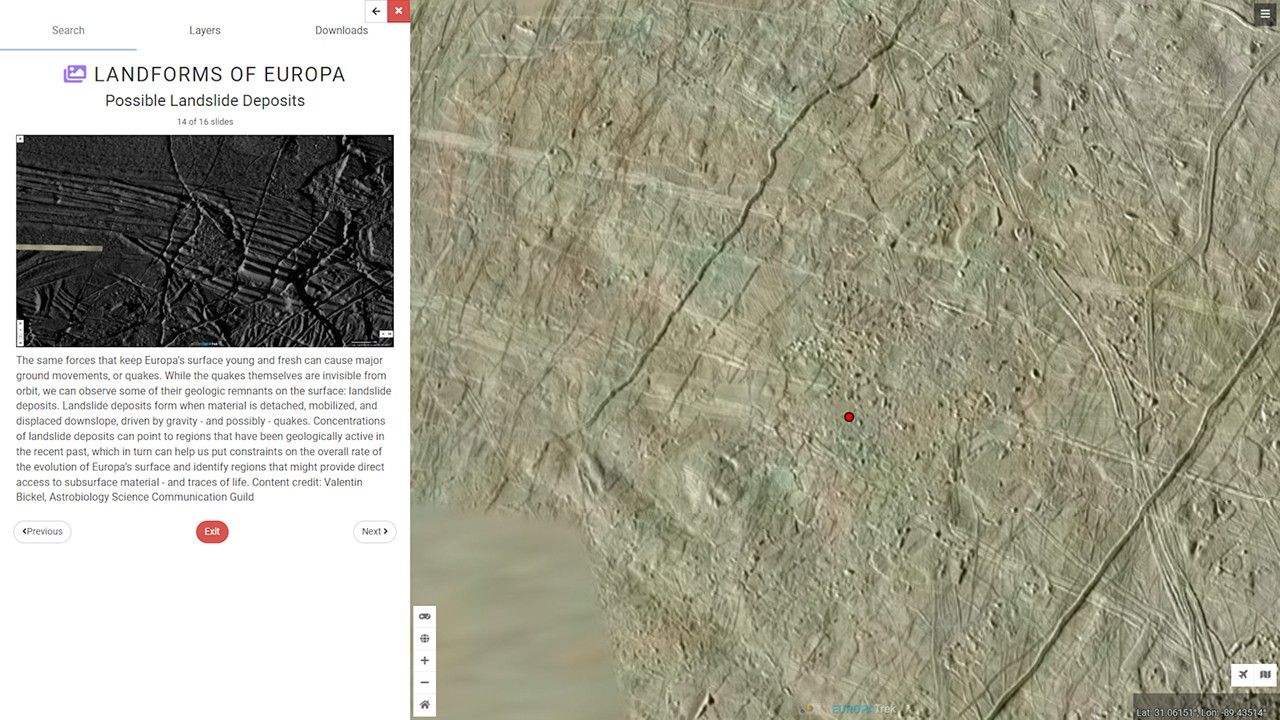
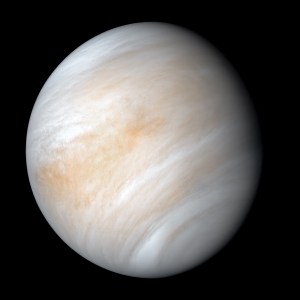 5 min read Old Data Yields New Secrets as NASA’s DAVINCI Preps for Venus Trip How NASA’s DAVINCI mission to Venus uses old data to reveal new secrets.
5 min read Old Data Yields New Secrets as NASA’s DAVINCI Preps for Venus Trip How NASA’s DAVINCI mission to Venus uses old data to reveal new secrets.
 6 min read NASA’s Hubble, New Horizons Team Up for a Simultaneous Look at Uranus
6 min read NASA’s Hubble, New Horizons Team Up for a Simultaneous Look at Uranus
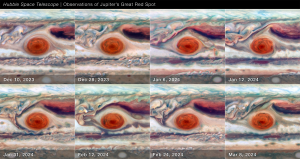 4 min read NASA’s Hubble Watches Jupiter’s Great Red Spot Behave Like a Stress Ball
4 min read NASA’s Hubble Watches Jupiter’s Great Red Spot Behave Like a Stress Ball
